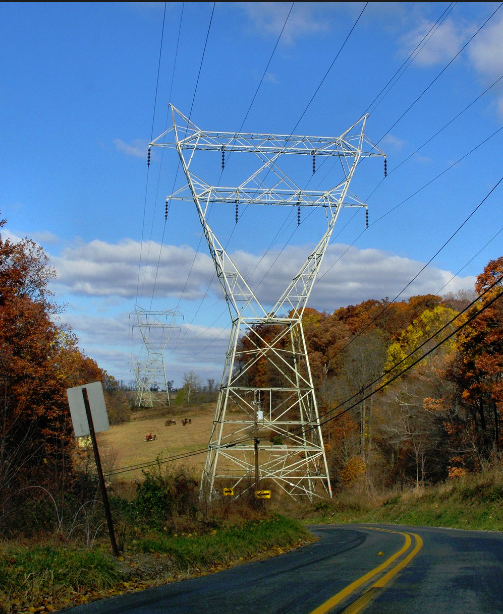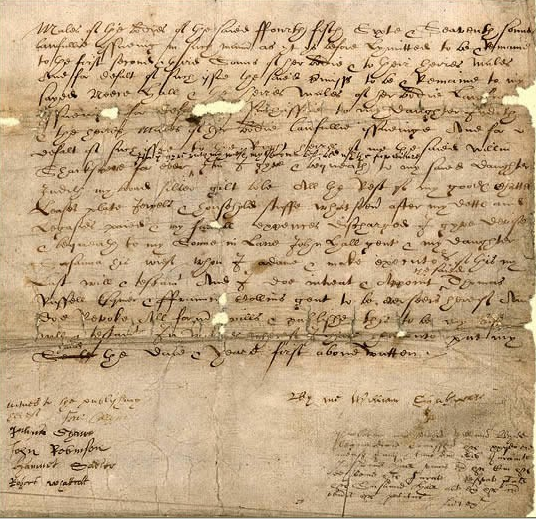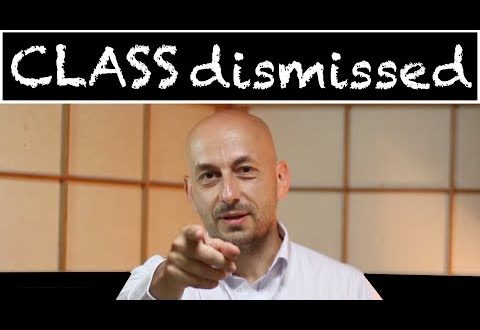Easements in North Carolina just got a little easier to maintain and, if necessary, litigate. The Supreme Court of North Carolina ruled in August 2016 that easement holders have twenty years within which to file a suit for the removal of easement encroachments. This overruled previous case law requiring easement holders to file a suit within six years.[1] There are many different types of easements, but put simply, easements are a right to traverse or otherwise use someone else’s land for a specified purpose. For example, one could have an easement to cross over their neighbor’s land to access a home or a fishing pond. This statute of limitation ruling has a significant impact on companies that hold many easements, like large utility companies, landowners on which those easements lie, builders, and surveyors.
In this Supreme Court case, the easement was for electrical transmission lines. The easement was executed by Duke Power Company in the early 1950s and, within the decade, the company constructed overhead power lines in an otherwise rural part of Mecklenburg County. In 2005, Skybrook housing development was created, in part, on the land subject to the easement. Lot 533 in particular was staked out by a surveyor in early 2006. A home was constructed in 2006 and a certificate of occupancy was filed on October 11, 2006 denoting the completion of the construction. The property was subsequently purchased by the defendant, Herbert Gray. Three years later, in February of 2010, Mr. Gray received a letter from Duke Energy asking him to remove an encroachment on the easement. This “encroachment” was a portion of his home. In December of 2012, Duke Energy filed suit seeking injunctive relief.
Both the trial court and the Court of Appeals determined an easement is an incorporeal hereditament and thus a six-year statute of limitations under N.C.G.S. § 1-50(a)(3) applied. The statute of limitations began when Duke “should have been aware” of the encroachment, which the court determined was when the certificate of occupancy was issued in October of 2006. Since Duke Energy did not filed their suit until December 2012, the statute of limitations had run and Duke was left with no legal remedy.
The Supreme Court determined Duke Energy’s claim was for the recovery of real property due to the nature of the easement. Duke Energy’s easement gave the company control of a portion of Mr. Gray’s land and included Duke Energy alleged their rights in the land were invaded by the construction of a portion of the home within the easement and sought to recover full use of the land. Easements are considered incorporeal hereditaments, which are interests in the servient estate, and thus, real property. The encroachment on this easement was an injury to that interest in real property. In doing so, they overruled Pottle v. Link which held that an action by the owner of a dominant estate against a servient estate owner’s encroachment constituted an action to an incorporeal hereditament. As such, the Court held it is subject to a twenty-year statute of limitations, under N.C.G.S. § 1-40, 7 which governs injuries to real property, rather than N.C.G.S. § 1-50(a)(3), which governs only injuries to incorporeal hereditaments.[2] The Court remanded the case to the trial court where a trial judge will determine whether Duke Energy will prevail in recovering the real property, that is, require removal of the encroachment.
For large utility companies like Duke Energy, extending the statute of limitations to challenge encroachments from six years to twenty years is extremely beneficial. Duke Energy alone has over 13,000 miles of transmission power lines in North Carolina. Unless those lines cross land that Duke Energy owns, they have to acquire an easement for each parcel of property. With only a six year statute of limitations, the task of constantly monitoring and/or clear-cutting all vegetation ensure no encroachments exist is incredibly financially onerous. However, it is important to note that the Court’s ruling did not affect the statute of limitations related to recovering damages resulting from an encroachment on an easement, so large utility companies would still be wise about maintaining their easements so they do not miss an opportunity to collect monetary damages before the six-year statute of limitations runs.
For landowners, ensuring they know about the existence of easements has become even more important with this ruling. They should check the deed for easements on the land prior to purchase and prior to making any improvements upon it. Even though the Court’s ruling was limited to the ability to recover real property and did not affect the ability to recover damages, if one’s own home constitutes an encroachment, the landowner is likely to suffer consequences more devastating than simply monetary damages.
Builders would also be wise to ensure building plans do not include building structures on any portion of real property that may overlap with an easement. It may be nearly twenty years for the utility company – or other easement holder – to realize it and file suit, but according to this ruling, they would be within their rights to do so.
For more information, please visit us as www.lindleylawoffice.com.
[1] Pottle v. Link, 187 N.C. App. 746, 654 S.E.2d 64 (2007).
[2] N.C.G.S. § 1-40.





